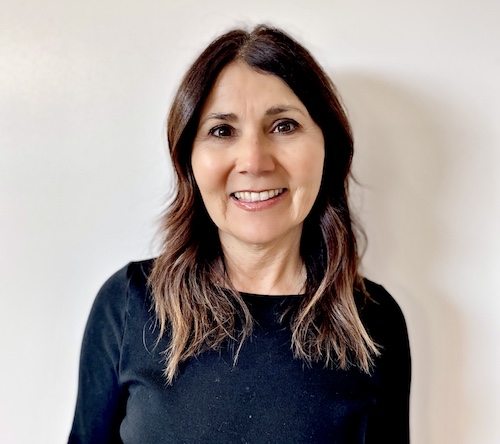Dangers and Safety of Sunscreen
What are the dangers and safety of sunscreen? That is the question. Summer is upon us and with that so are the choices of sunscreen or even if we should use sunscreen. I’ve broken down the differences in chemical vs. non-chemical sunscreens, tips to protect ourselves and our children from harmful chemicals as well as from not burning.
In June 2011, the FDA changed its regulations and testing regarding sunscreens. These new rules were intended to help consumers understand labels and safety. I have condensed the rules which have not been updated since. (1)
The FDA recognizes two types of sunscreens.
- Broad spectrum which is SPF 15 or higher. Protecting against UVB & UVA rays, against burns, skin cancers and premature aging.
- Sunscreens with an SPF 2-14 only preventing burn.
Also, under the new regulations, labels can not state waterproof, sweatproof or instant protection. There must be accurate data to support findings, submitting to the FDA details of when to reapply for protection ex: 40-90 mins. The FDA’s regulations and suggestions stop there. (understanding chemicals and protection from the sun is so much more complicated).
Physical
Best choice which acts as a “physical blocker” with titanium dioxide &/or zinc oxide. This causes a less allergic reaction and is not absorbed into the skin. Which means there is a need to reapply more frequently.
Chemical
Use ingredients that are absorbed into the skin. The rays from the sun convert harmful radiation into other forms of energy not detrimental to the body. These chemical sunscreens provide the most effective protection from the sun. However, these cause more allergic reactions, skin breakouts, and since they penetrate the skin, they get into the bloodstream and are more harmful to the body, forming additional toxic chemicals. (2)
As consumers, all this information can still be confusing. We see an SPF of 50, and we believe this must be better protection right? This is misleading, the higher the SPF doesn’t mean more protection from all the harmful rays and again this isn’t confirmed by the FDA. It also makes us feel safer reapplying as needed and spending extended time in the sun.
Skin Cancer is on the rise
The numbers have tripled since the 1970’s. We don’t have all the evidence on what causes skin cancer, but we do know something we can do to protect ourselves.
Protection
- When choosing a sunscreen look for a non-chemical sunscreen with strong UV protection to look at the latest safest choices go to http://www.ewg.org/sunscreen/ don’t overextend time in the sun.
- Use hats, sunglasses, shirts
- Avoid sunburns, even when kids don’t want to get out of the water or won’t let you apply sunscreen, it’s a fight worth having. They have delicate skin and are more likely to get burned.
- Avoid the sun between 10-2 with the most harmful rays. Stay in the shade more.
- Get enough vitamin D; vitamin D helps protect your body from many types of cancers. Including some forms of skin cancers. Try getting out before 10 am for 30 mins to allow your body to Drink in the Vitamin D naturally.
I know it can be challenging trying to figure out which sunscreen to use. There continues to be a lot of controversy surrounding this topic. First, it’s always important to read labels. No matter what product you are purchasing for your little ones(they have much more sensitive skin then we do) read the labels and do your research before making your purchase.
One of my favorite mommy blogs that really specializes in resources for moms on safety, protection and best products is Think Baby. They have a great list of Top Sunscreens for Baby and Toddler. Check it out!

